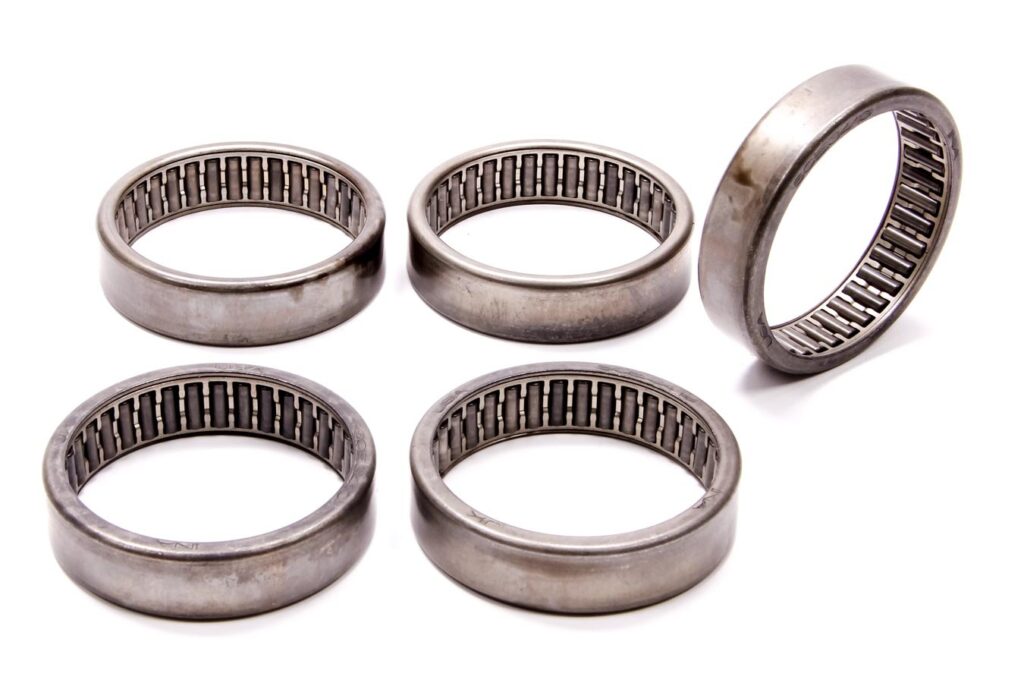Traditional steel-backed lead Babbit cam bearings may be fine for most racing applications, but they are not well suited to the ultra-high valve spring loads common in maximum endurance racing and can only endure so much load before they ultimately fail. That’s where needle roller cam bearings have consistently proven their value in high-performance engines.
Although the initial cost can exceed several hundred dollars, primarily due to added machine shop labor, needle roller cam bearings offer several important benefits that can help offset the expense. A steel billet camshaft is also required as a conventional cast flat-tappet camshaft is not compatible with the surface hardness of the needle roller bearings.
One of the most important benefits is that the needle bearings can easily handle the extreme loads generated by high-pressure roller valve springs because of their increased load capacity. Also, because needle roller cam bearings require only splash oiling and lack oil delivery holes, oil flow through the cam bearings is eliminated, improving flow to the main and rod bearings.
This benefit is two-fold, because oil draining from the cam bearings and falling directly onto the rotating assembly is eliminated, reducing oil aeration and windage losses which cost precious horsepower. Lastly, the free-rolling design of roller cam bearings reduces internal engine friction and oil temperatures.

Bearing installation is a bit involved and requires several important steps. Consulting with a trusted engine builder and reputable camshaft grinder prior to performing any machining operations is a necessity since the cam journals must be compatible with the I.D. of the needle roller cam bearings. A custom ground camshaft, or machining of the cam journals of an existing camshaft, may be required as well. A cam bearing set must be selected that is compatible with both the engine block and camshaft. The cam bearing I.D. must be larger than the O.D. of the cam lobes so that the camshaft may be installed into the block.
Several suppliers including Comp Cams, Dart, and Ford Racing offer specialized bearings for popular high-performance engines. Comp Cams offers a kit
(COM350RCB-KIT) that is engineered for small block Chevy and small block Chrysler 360 applications, while Ford Racing has kits for the small block 351 SVO (FRDM6261-D351) and big block 429-460 (FRDM6261-A460) engines. Dart also has roller bearings for their own blocks fitted with 55mm camshafts (DRT32220042).
A reputable, high performance engine shop is recommended for the necessary machining operations. The process begins by precisely align boring the cam bearing bores to the specified dimensions. Any oil grooves that are machined away during the process must be restored. Some blocks may also require that the inside of the cam tunnel be machined as well to allow bearing installation.
After all machining operations are completed and the block has been thoroughly cleaned, the bearings may then be installed. The experts at Comp Cams recommend using a thermal process that involves freezing the bearings so that they contract, and then simply heating the block so that it expands, which not only eases installation but also helps prevent damage to the bearing cages.